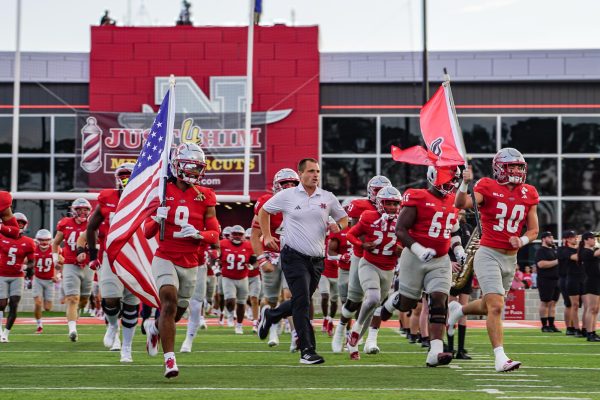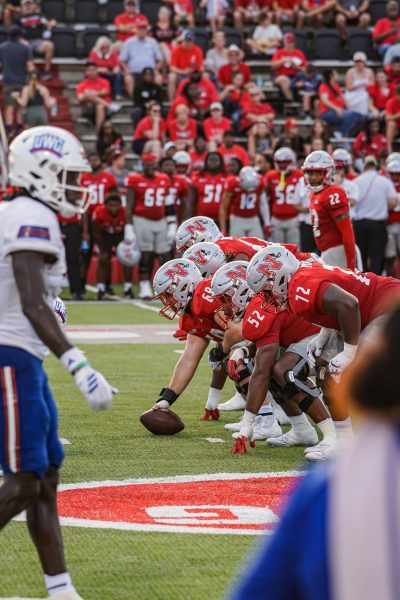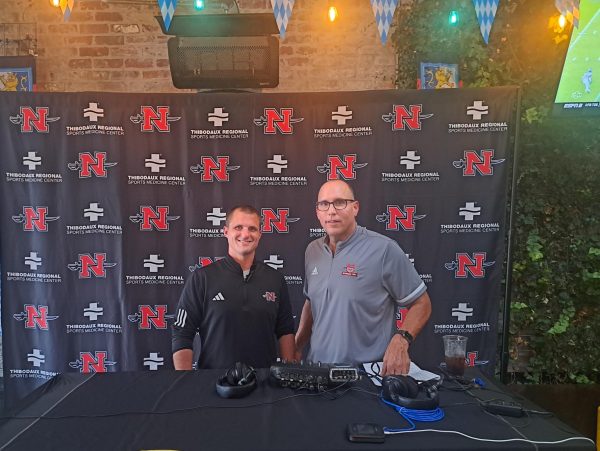Viruses, health concerns high for Olympic water sports
Water pollution at the venues that will host the aquatic sports of the Rio de Janeiro 2016 Olympics raise concerns for the safety of the athletes.
More than 10,500 athletes from 206 nations will compete in the Olympics this summer. Of that amount, nearly 1,400 athletes will be involved in aquatic sports. The water sports include sailing in the waters of Guanabara Bay, swimming along the shores of Copacabana and canoeing and rowing on the Rodrigo de Freitas Lagoon.
Water pollution is common in Brazil. Most of the country’s sewage is not efficently treated and other sorts of waste run through open ditches, streams and rivers that flow into the bodies of water where the aquatic competitions of the Olympic Games will take place.
To make the venues suitable to hold aquatic events, the Brazilian authorities and the representatives of the International Olympic Committee have to follow parameters provided by the World Health Organization. In the application process for the 2016 Olympics, the Brazilian Organizational Committee, along with the state government of Rio de Janeiro, agreed to make efforts to treat 80 percent of all the wastewater dumped in the venues where the competitions are scheduled to happen up until the beginning of the Olympic Games.
Brazil only measures bacterial levels to determine the quality of the water. However, a water quality analysis commissioned by the Associated Press last year found high levels of viruses.
Viral tests indicated that none of the sites of the aquatic events are safe for swimming or sailing. The results showed high counts of active and infectious human adenovirus in some samples. These viruses are known to cause gastric and respiratory diseases, diarrhea and vomiting.
According to Carry Berthelot, instructor of Athletic Training at Nicholls State University, the olympic athletes will knowingly be exposed to eminent risk of contracting diseases. To minimize their risks, the athletes will have to innovate. Some options include wearing more protective clothing and consuming preventive antibiotics.
“As an athletic trainer, my ultimate goal is athletes’ safety,” Berthelot said, “and prevention is big part of it.”
The water pollution also brings a second nightmare scenario for boaters: having a race muddled by garbage floating in the water.
The state government of Rio de Janeiro has already indicated that the goal of treating 80 percent of sewage released in Guanabara Bay will not be met in time for the games.
To try to minimize the risk of exposure to the athletes, Rio is investing in palliative solutions. Ecological boats monitored by GPS are working to collect the debris near the competition lanes.
The reduction of the amount of floating garbage has also been done through the implantation of ecological barriers, installed along rivers that brings the most pollution to the bay. So far nine barriers are in operation. The goal is to install 17 barriers by the Olympic Games’ start date.
The Olympic Games will be held between Aug. 5 and 21.










